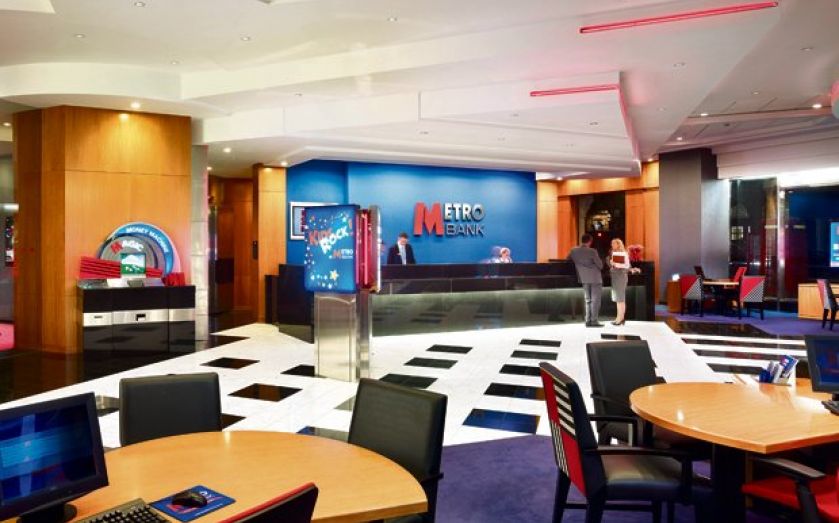Where to put your money to see real returns on cash

Current accounts offer eye-catching rates, but remember the tax advantages of Isas
WITH inflation dipping to 1.6 per cent on the consumer price index in March, and competition starting to hot up among retail banks, many current accounts are now offering the chance to earn decent real returns on cash. As many as 10 new banking licenses are set to be awarded in coming years, and the challengers are aiming to woo customers away from the established players. Some of the bigger banks are responding in kind – Lloyds now offers a current account that pays 4 per cent on balances between £4,000 and £5,000 if £1,500 is deposited monthly. And with seven-day switching now in force, it could be a good time to join the 600,000 who moved banks between September and the end of March, and to chase a higher rate.
But with many of the best offers involving strict limits on deposits or cashback on bills, Kevin Mountford of MoneySupermarket says it’s vital to make sure you’re in a position to make the most of all the bells and whistles.
CURRENT ACCOUNTS
“There’s definitely a feeling in the market that banks have to offer people something more interesting to meet increasing competition,” says Money.co.uk’s editor in chief Hannah Maundrell. With new players like Metro Bank, and the likes of Nationwide and Santander snapping at the heels of the Big Four (Barclays, HSBC, Lloyds Banking Group, and RBS), alluring bonus deals on current accounts offer some of the best cash rates around at the moment. “There’s a big trend towards people using these current account deals for their cash savings,” says Maundrell.
She highlights TSB’s Classic Plus current account, which offers a 5 per cent annual equivalent rate (AER) on balances up to £2,000. Unlike some similarly eye-catching offers, it’s not a bonus or introductory rate, and just requires customers to pay in £500 a month and to register for internet banking. Nationwide’s FlexDirect current account also pays 5 per cent AER. But this introductory rate is only fixed for 12 months, and requires £1,000 minimum monthly deposits up to a maximum balance of £2,500. The rate drops to 1 per cent after the first year.
Another option for avoiding the miserable rates on most savings accounts (usually delivering losses after inflation) is to go for a savings product linked to a current account, Maundrell says. Opening First Direct’s current account (1st Account) gives you access to the Regular Saver Account, which comes with a 6 per cent AER as long as you deposit £25 to £300 each month for a maximum of a year. There are no partial withdrawals, and you’ll lose the 6 per cent rate if you close the account before the end of the year. But you also get £100 for opening the 1st Account to be begin with.
Because of the balance limits on these high-rate accounts, many will need to manage their money across multiple banks, keeping on top of the various limits and moving cash around as appropriate. But this approach won’t suit everyone, and Which? executive director Richard Lloyd says it’s important to look beyond the bonus rates and cash incentives on offer. First Direct’s 1st Account current account, for example, comes with a £10 monthly fee if you don’t pay in £1,000 each month or maintain an average monthly balance of £1,000. Staying on top of such details across multiple accounts can be tricky, and the penalties will substantially eat into your returns if you slip up.
CASH ISAS
“Setting up standing orders can help automate this process,” says Maundrell. “But if you’re not the type of person who’s comfortable with all the different current accounts, Isas are a good alternative for your cash.” While the headline rates are generally lower, the advantage of paying no income or capital gains tax on cash in an Isa wrapper can level this out. Calculations by MoneySavingExpert show that the 3 per cent AER on Santander’s 123 current account (on balances between £3,000 and £20,000), for example, is effectively 1.8 per cent for higher rate payers once tax is taken into account. Some of the higher-paying easy-access accounts, like Nationwide’s, could beat this. But it can be difficult to make like-for-like comparisons. Santander, for example, also offers cashback on bills, including 1 per cent off mortgage payments with the bank.
The chancellor’s announcement of the new Isa regime, starting in July, could tilt the scales in favour of the tax efficient wrapper. You will be able to hold the full £15,000 increased allowance in cash, with the chance to transfer it into stocks and shares in the future. As Maundrell points out, this added flexibility is another plus for the Isa. MoneySavingExpert recommends choosing an easy-access Isa for now in case more attractive offers come onto the market in July.